AM-130: Modern Art and The Fauves
1/46
There's no tags or description
Looks like no tags are added yet.
Name | Mastery | Learn | Test | Matching | Spaced |
|---|
No study sessions yet.
47 Terms
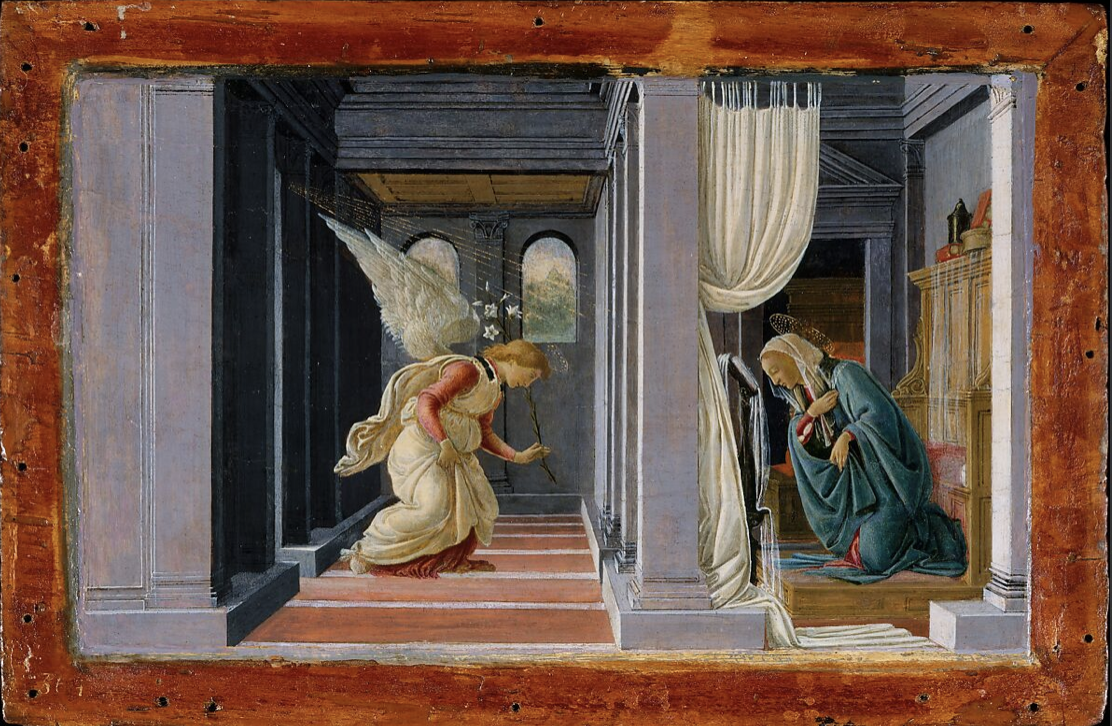
The Annunciation, ca. 1485–92, Botticelli (Alessandro di Mariano Filipepi) Italian
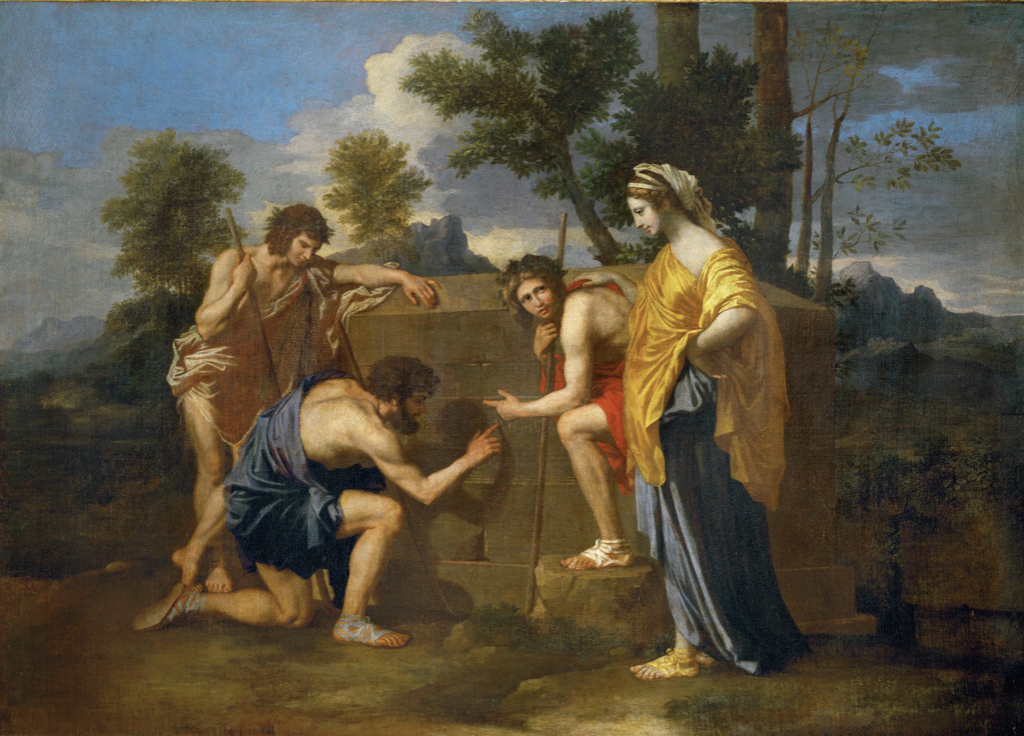
Et in Arcadia ego2, 1690s, Nicolas Poussin
Baroque art 1600s
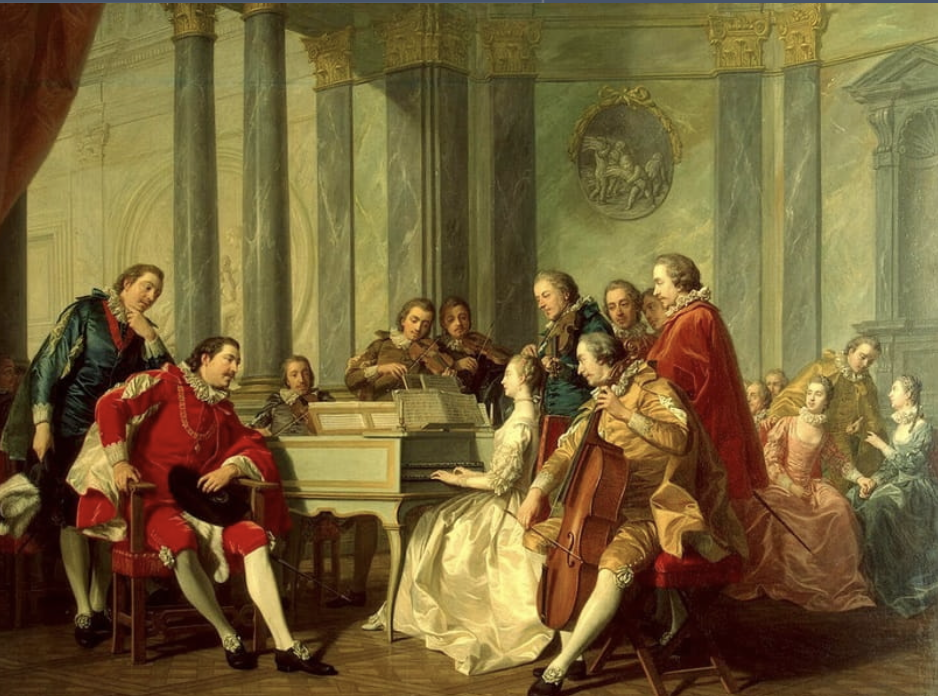
Sextet, 1768, Van Loo, Louis Michel
Classicism 1700s
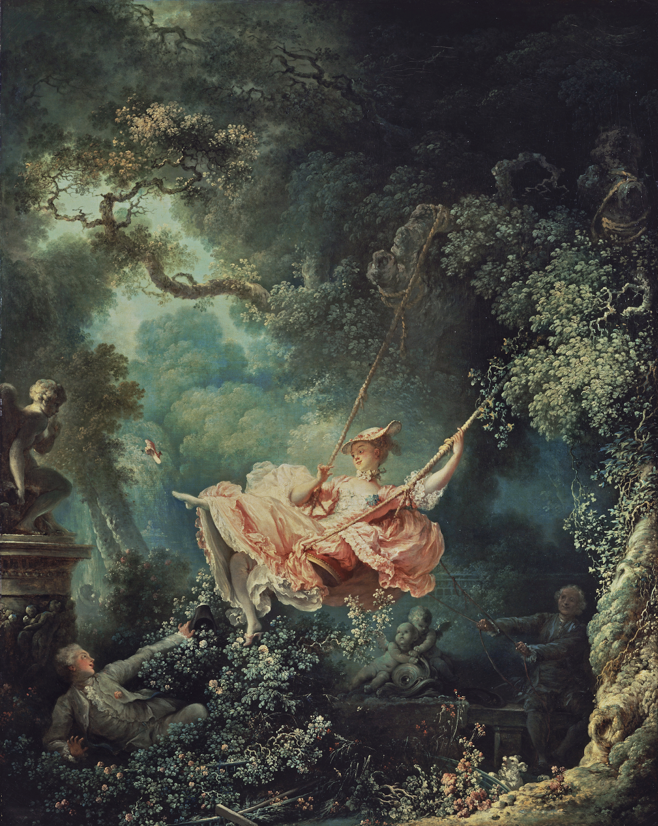
Honoré Fragonard, Les heureux hasards de l’Escarpolette, 1766-1769
Rococo Art
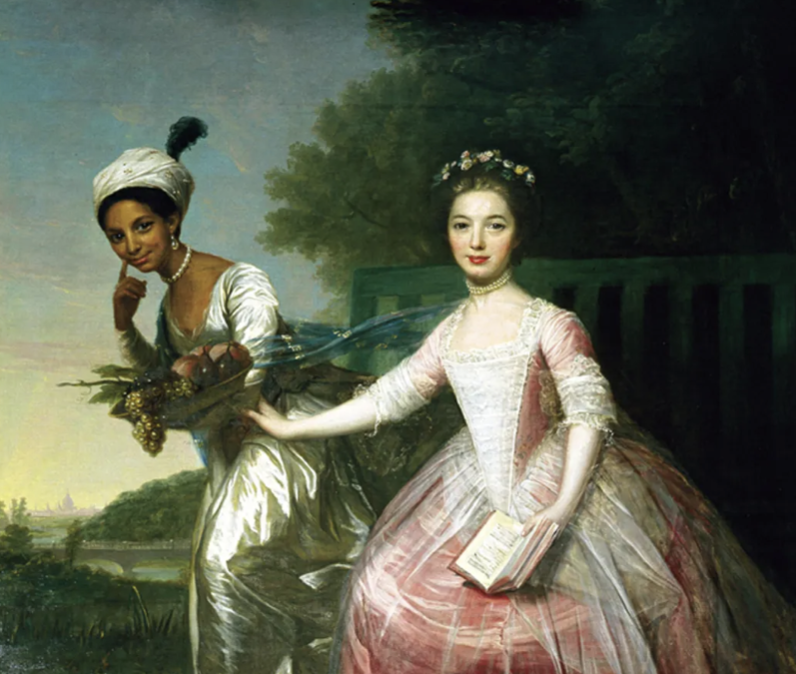
Dido Belle is depicted with her cousin Lady Elizabeth Murray , 1778, David Martin
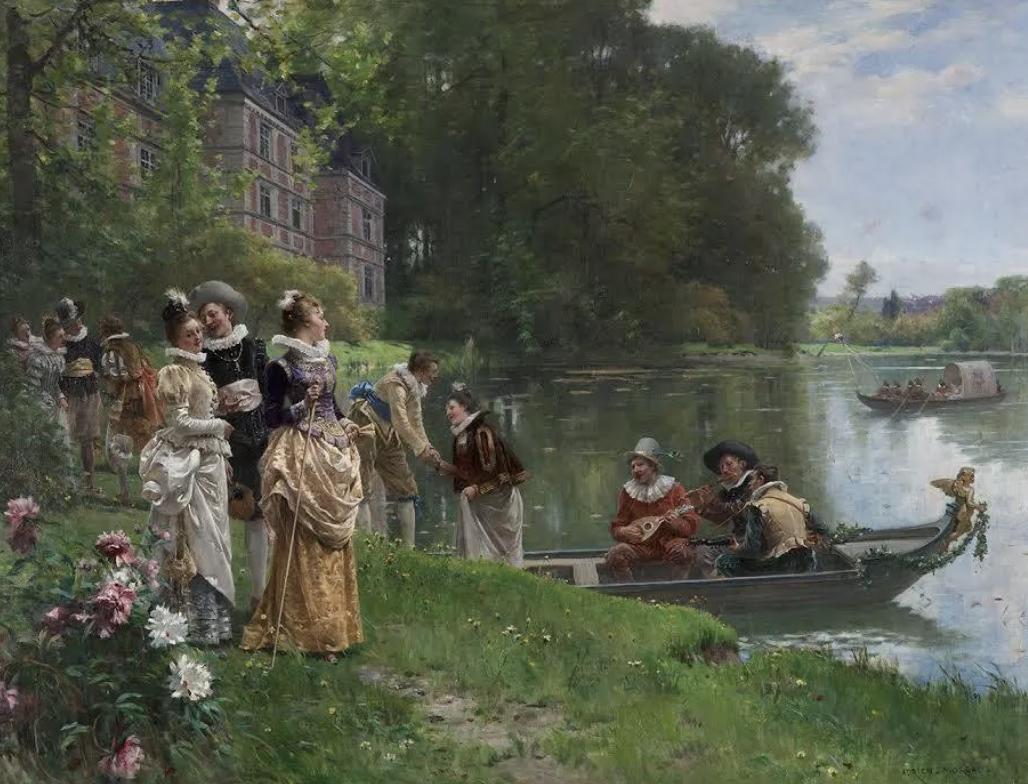
"La Réception au château" (The Reception at the Chateau) by the French artist Adrien Moreau (1843-1906)
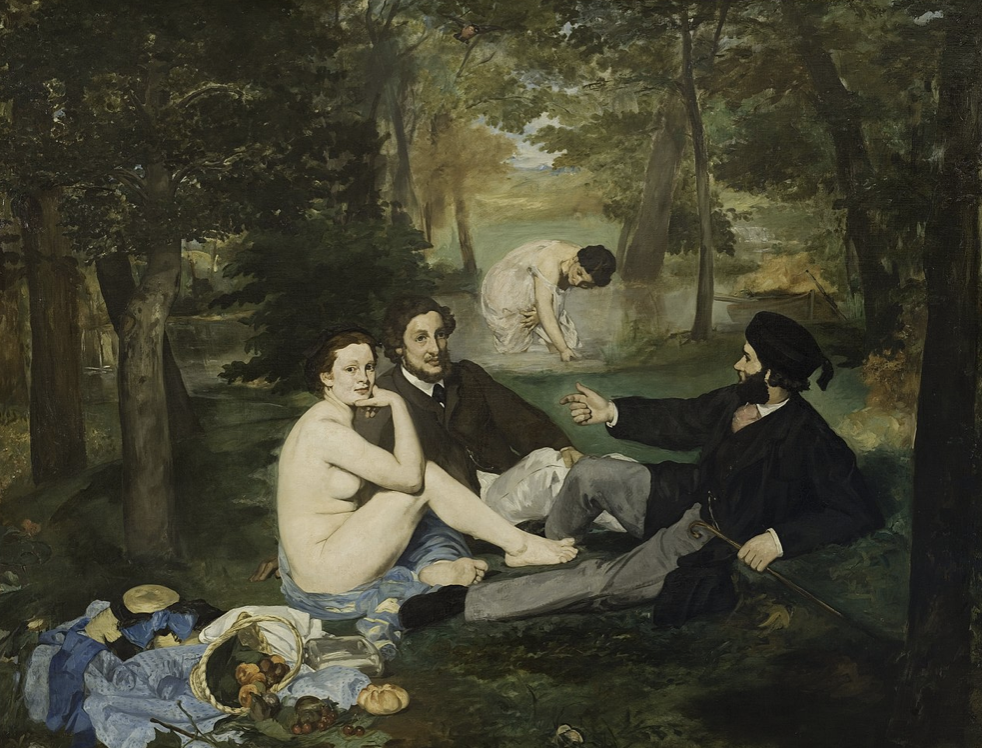
Le Déjeuner sur l'herbe, (The Luncheon on The Grass) Edouard Manet, 1863
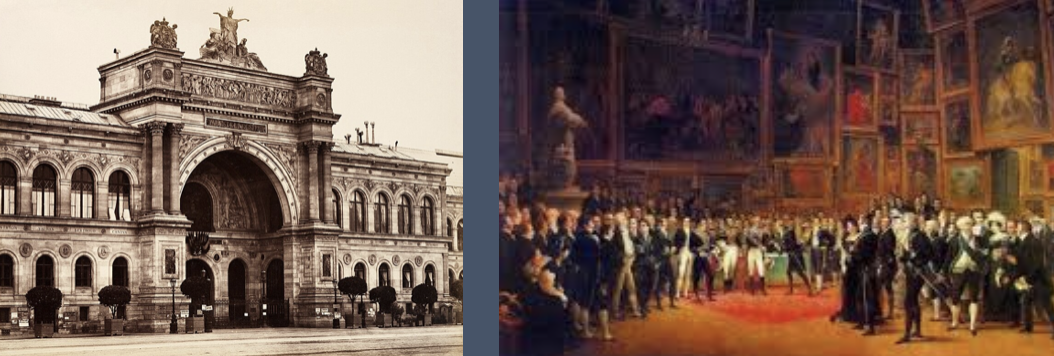
Salon des Refusés of 1863 created by Emperor Napoleon III
Built to display less liked/less popular artists that didn’t make it into the main salons
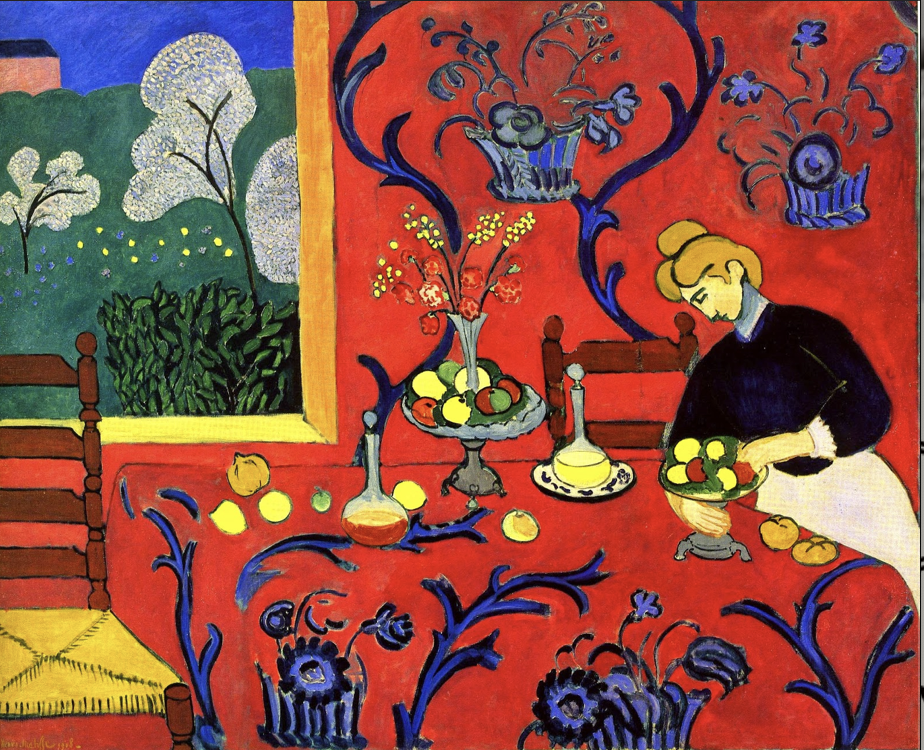
Henri Matisse, Harmony in Red, 1908
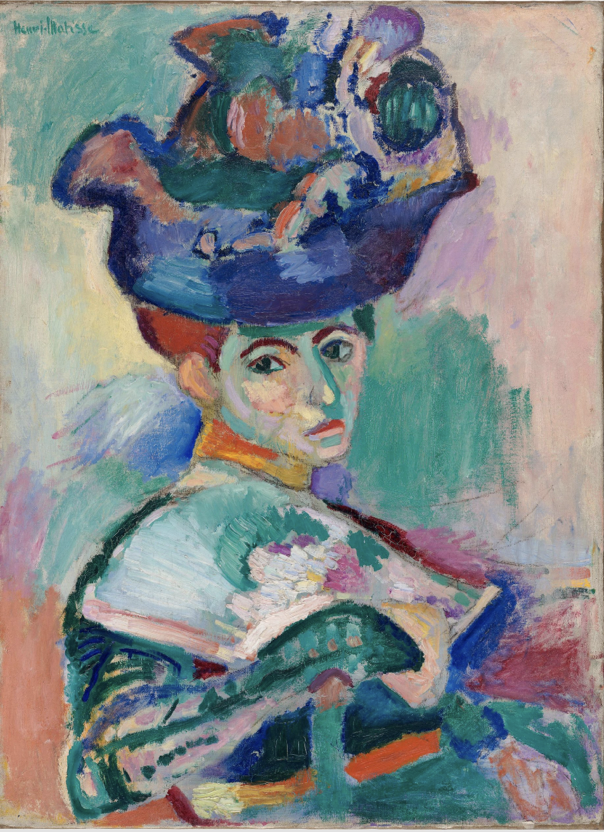
Henri Matisse, Woman with a Hat, 1905, oil on canvas, 79.4 x 59.7 cm (San Francisco Museum of Modern Art)
Modern art characteristics
Embraced Disruption of Traditional Art Forms
Color and Shape
Formed the Essential Characteristics of Art
Art Was Redefined As
the Arrangement of Pure Color
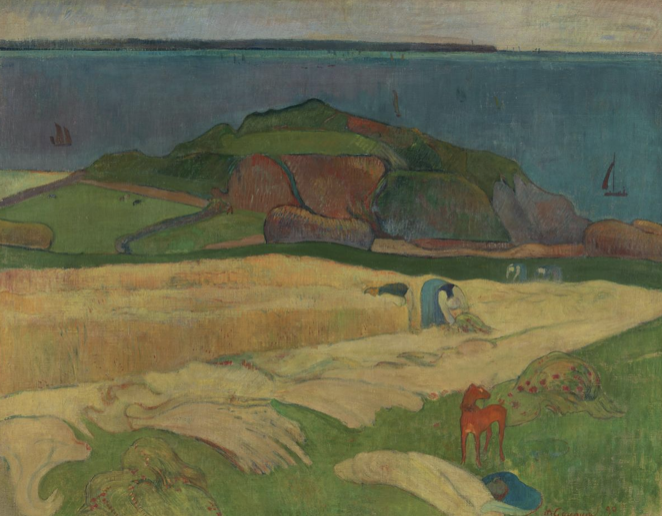
Paul Gauguin
Harvest: Le Pouldu
1890
Affirms the Power of Humans to:
Make
Improve
Deconstruct
Design
Rebel
Reshape
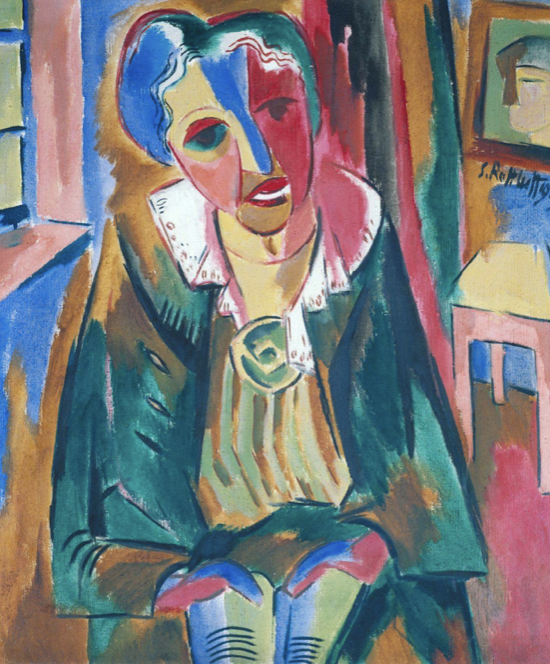
Karl Schmidt-Rottluff
Dr Rosa Schapire (1919)
The Fauves
“the expressive potential of color, employing it arbitrarily, not based on an object’s natural appearance”
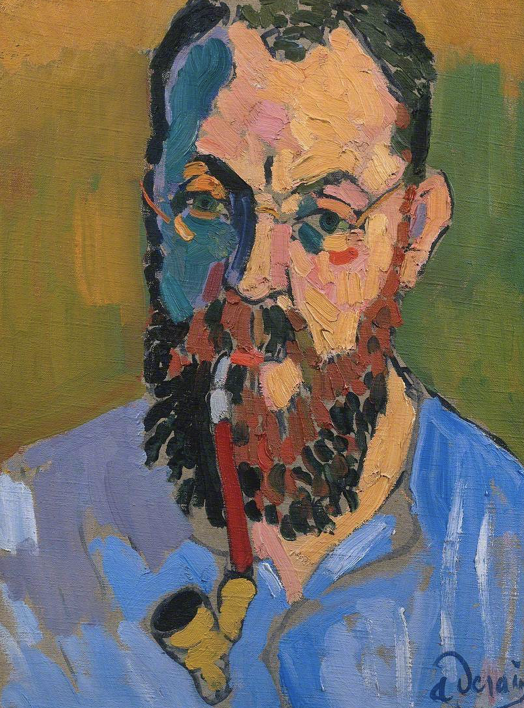
André Derain
A Portrait of Henri Matisse (1905)
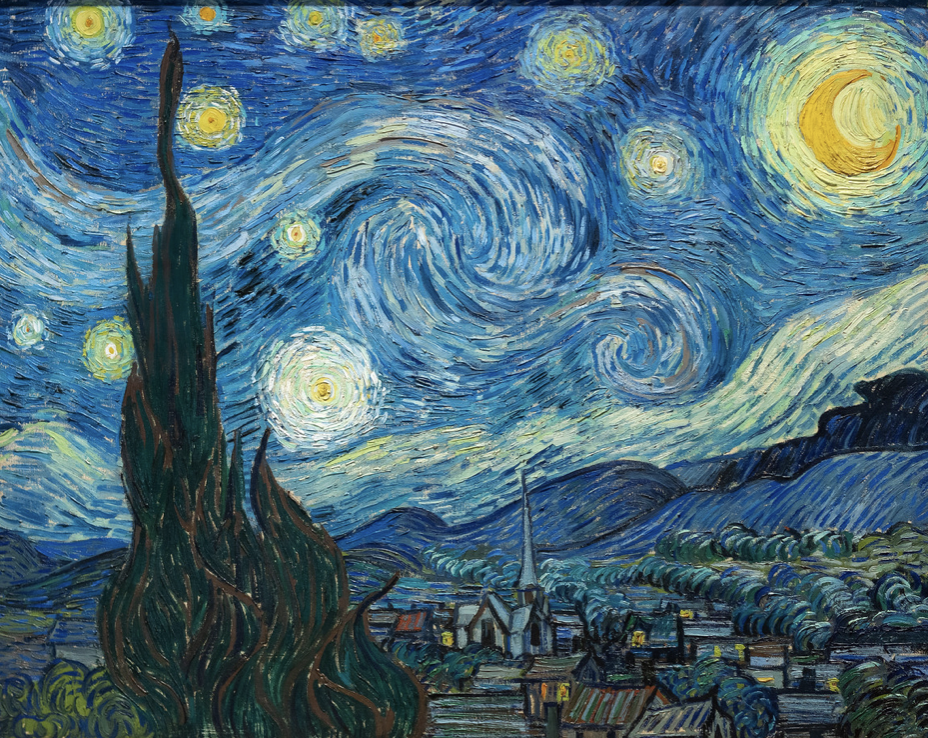
Post-Impressionist artist, Vincent van Gogh, The Starry Night, 1889, oil on canvas, 73.7 x 92.1 cm
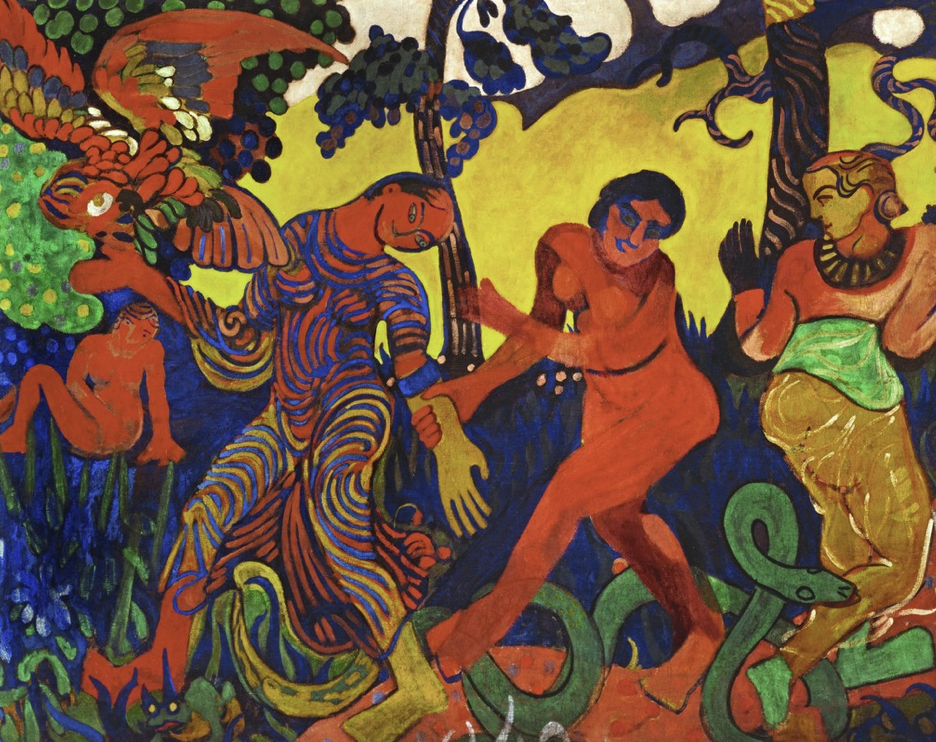
André Derain, The Dance, 1906, oil on canvas, 175 x 225 cm
Les Fauves (means) ‘the wild beasts’
…and were made using bold, non-naturalistic colors (often applied directly from the tube), and wild loose dabs of paint.
The forms of the subjects were also simplified making their work appear quite abstract.
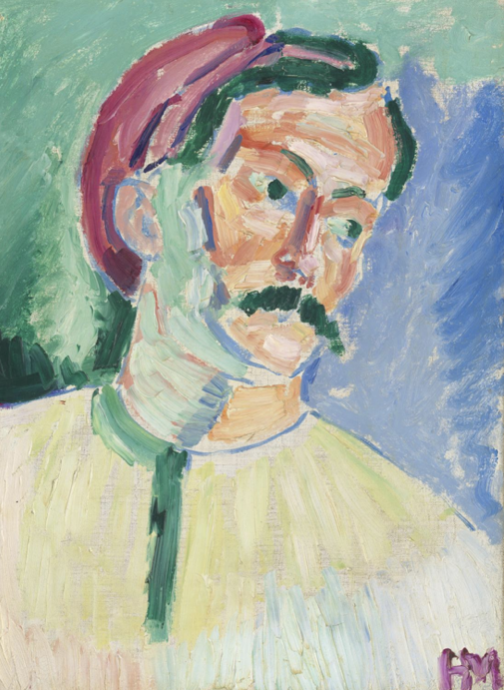
A Portrait of André Derain
1905,
By Henri Matisse
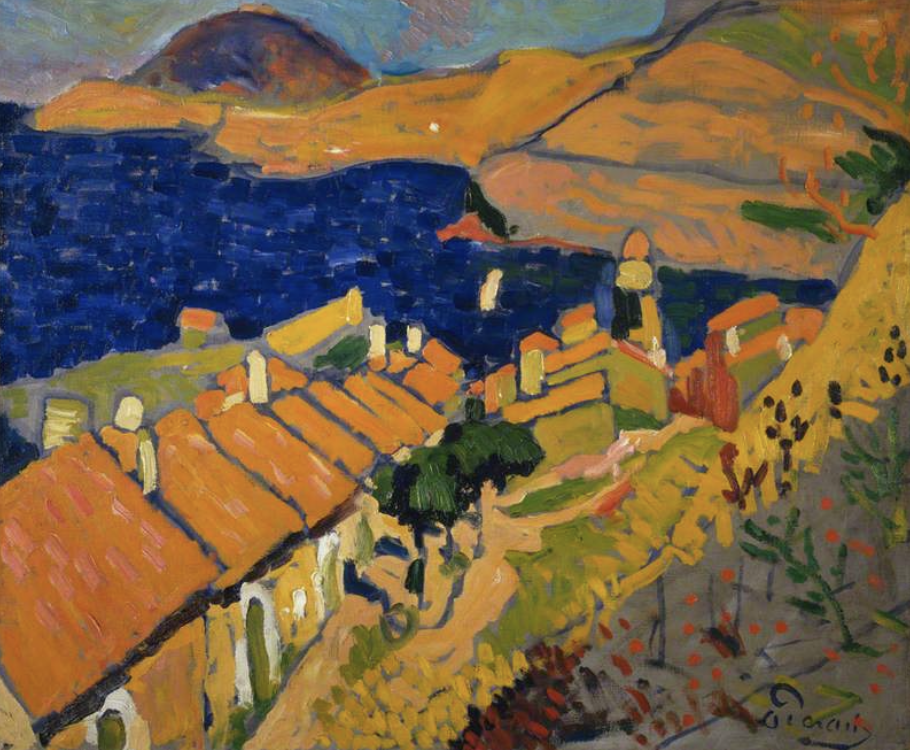
Collioure
1905
André Derain
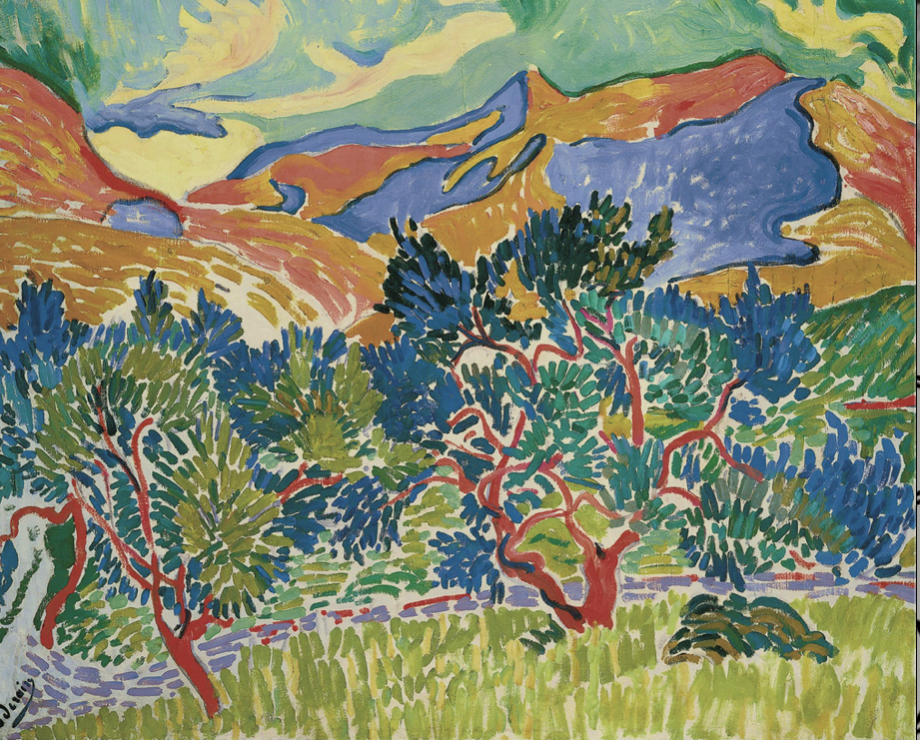
Mountains at Collioure, 1905 Andre Derain
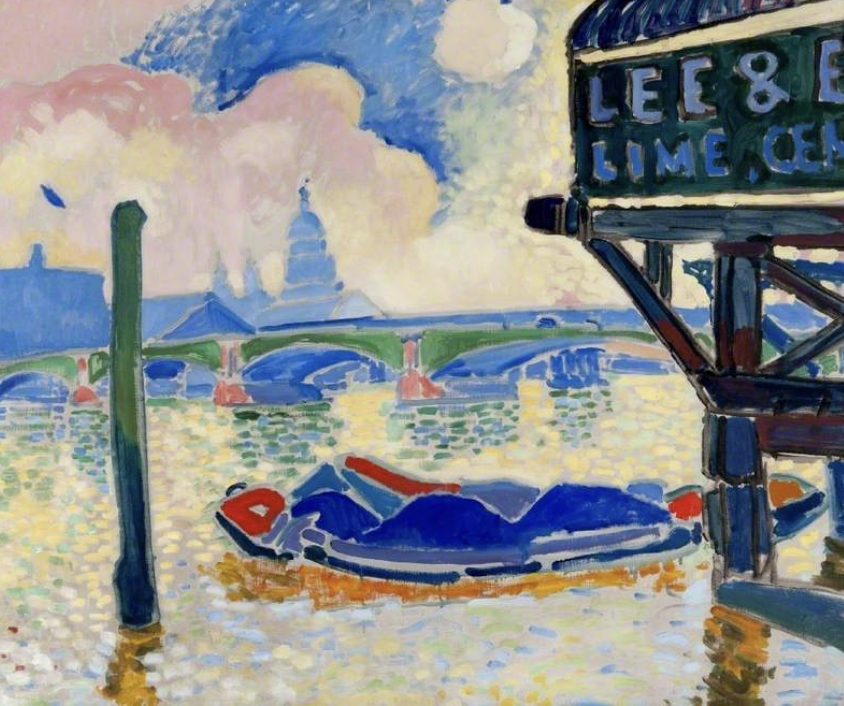
Blackfriars Bridge, London
1906
André Derain
Fauvism and color theory
The fauves were interested in the scientific color theories developed in the nineteenth century – particularly those relating to complementary colors.
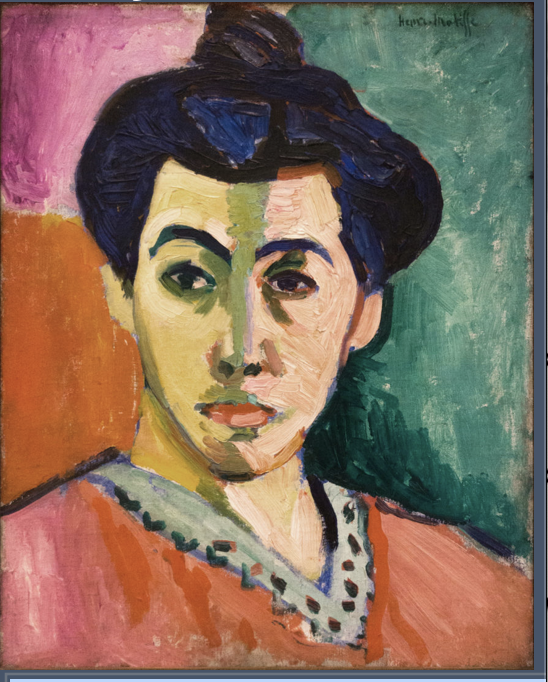
Henri Matisse, Portrait of Mme. Matisse: The Green Line, 1905
Matisse forsook these conservative roots and developed a new style based on
flat shapes of vivid color.
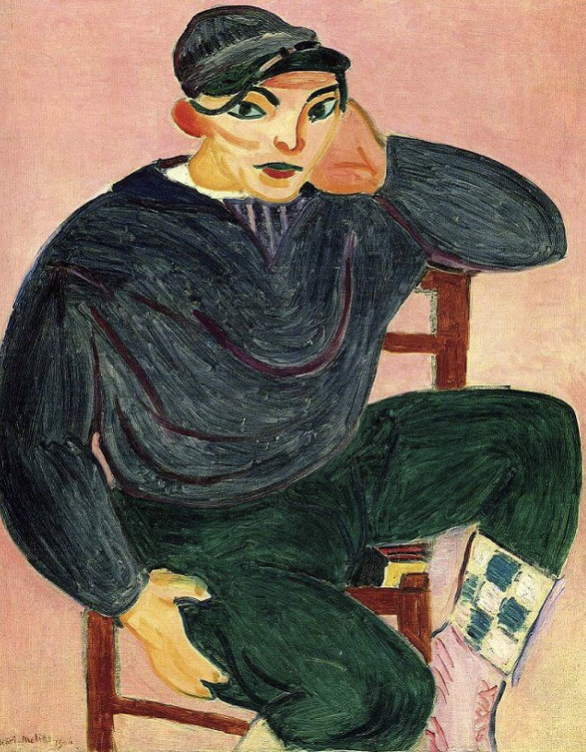
Young Sailor, 1906 by Henri Matisse
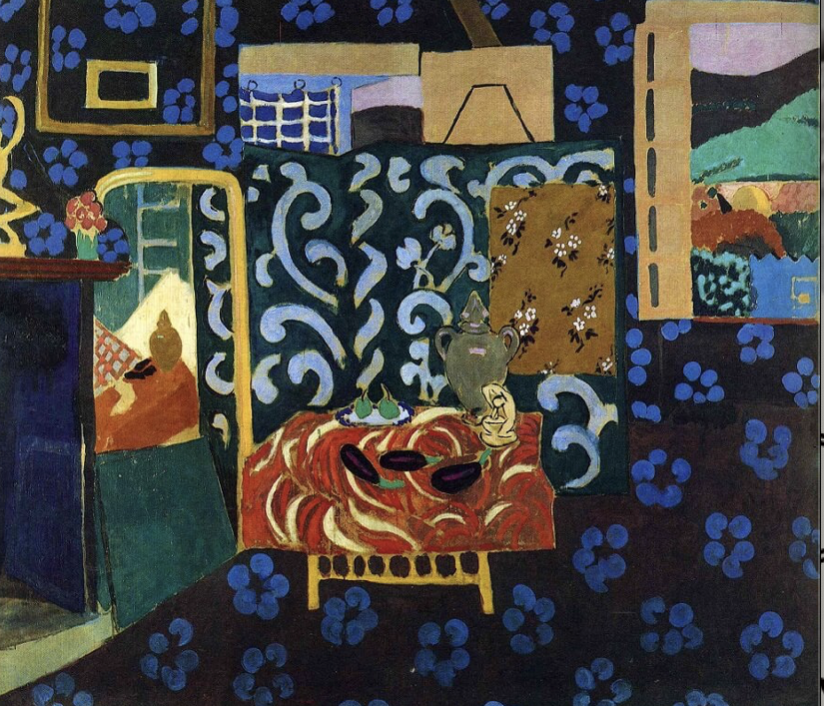
Still Life with Aubergines, 1911 by Henri Matisse
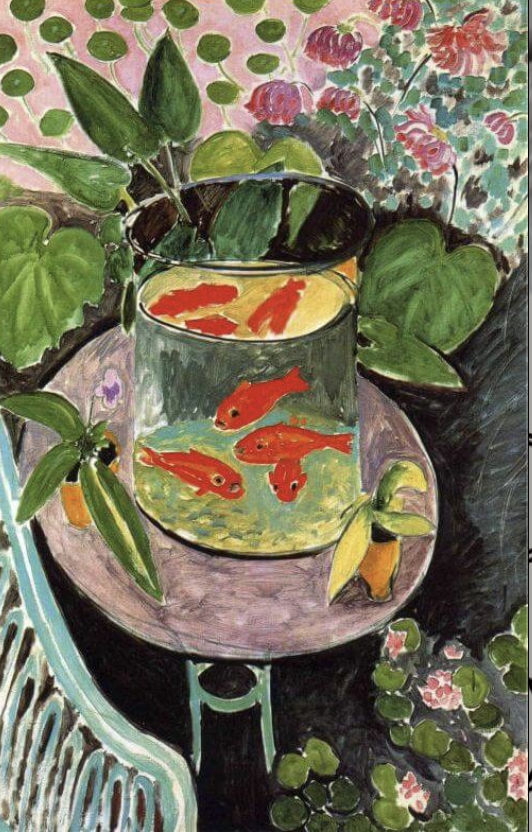
The Goldfish, 1912 by Henri Matisse
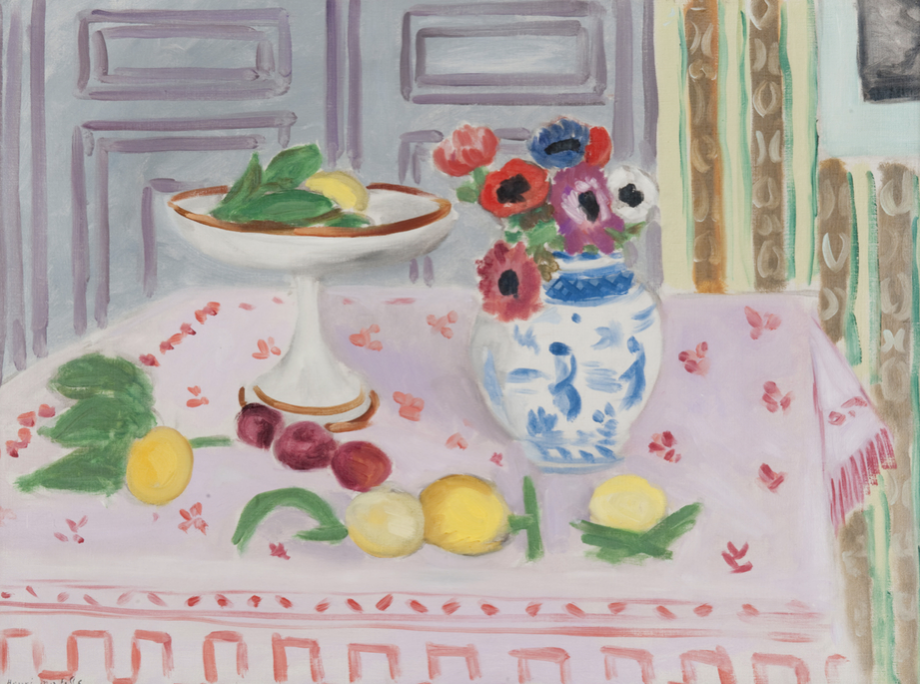
The Pink Tablecloth
1924
Henri Matisse (1869–1954)
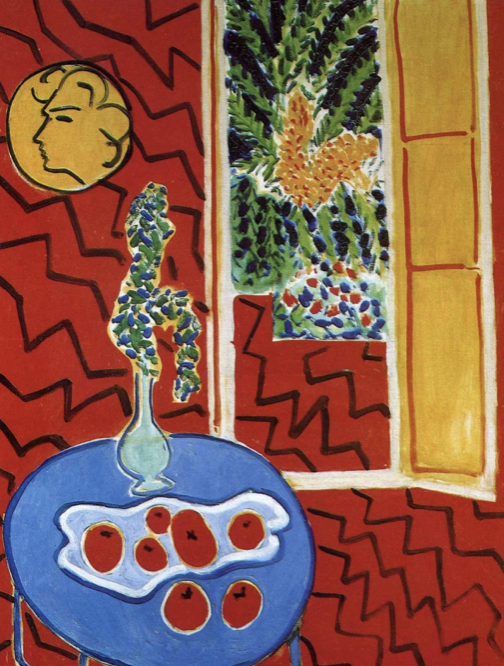
Henri Matisse, Red Interior: still life on a blue table, 1947
...when I put down a green, it doesn't mean grass; and when I put down a blue, it doesn't mean the sky"
-Henri Matisse
Baroque Art (1600s)
More realistic, perspective is becoming more accurate
Classicism (1700s)
Royal families/nobelity, upperclass, interiior perspective
Rococo Art (1760s onward)
Magic and excess, joys, and pleasure, pretentious elegance
The industrial revolution/modern art
Products were cheapened, automations started in factories, and modern art, contrasting the traditions/styles.
Embraces the disruption of traditional art forms.
Affirms the powers of humans to:
Make
Improve
Deconstruct
Design
Rebel
Reshape
Modern is a response to
What was happening at the time, newness, expression
The post impressionist artist who inspired the Fauve movement
Vinvient Van Gough
Andre Derain
When and why Modern art took place?
It emerged as a response to the rapid social, political, and technological changes of the 19th century, particularly the Industrial Revolution, which caused artists to break from past traditions and seek new forms of expression to reflect the changing world. Modern artists moved away from realistic representation and traditional techniques, instead experimenting with new ideas about the function of art, materials, and styles.
Many art historians believe a particular painting spurred modernist movement, Which one was it?
Le Déjeuner sur l'herbe, (The Luncheon on The Grass) Edouard Manet, 1863
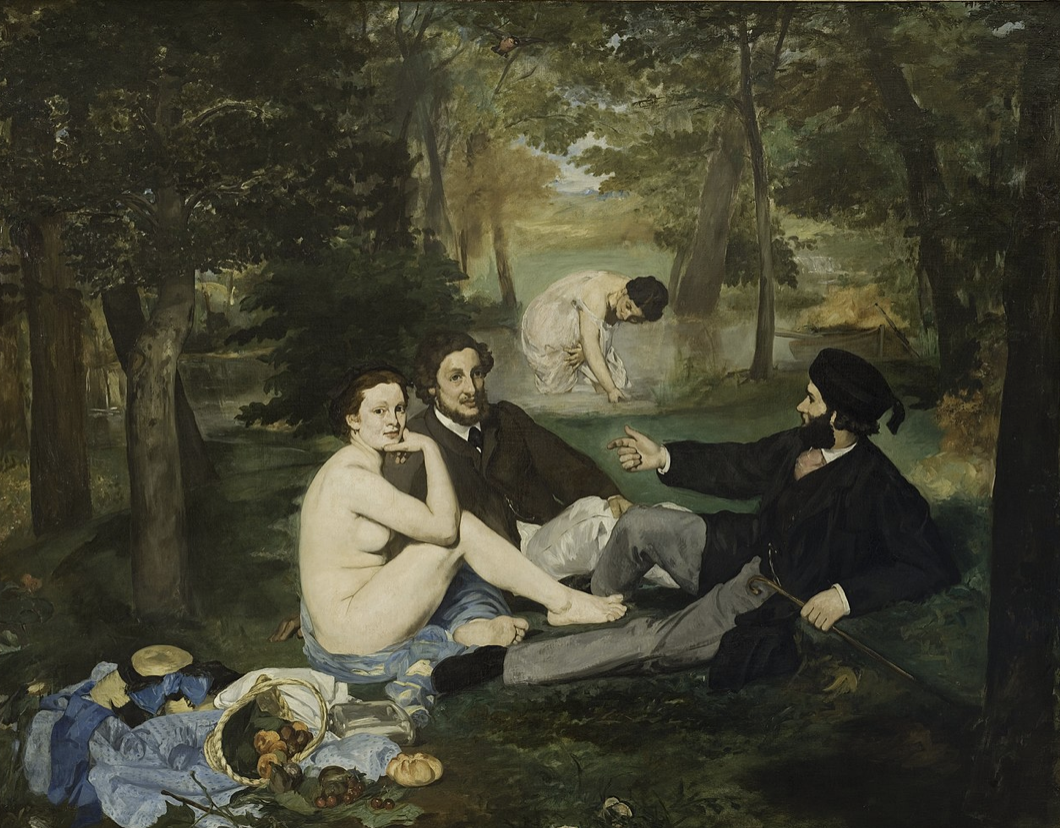
Henri Matisse
Considered the leader of the movement, Matisse was influenced by Post-Impressionists like Van Gogh and Gauguin and was key in pioneering the Fauvist style.
André Derain:=
Along with Matisse, Derain was a leader of the movement and is known for his landscapes and cityscapes, such as his London paintings.
Vincent van Gogh
While Van Gogh was not a Fauve himself, he was a major influence on the movement, inspiring their use of intense color and emotive brushstrokes.
Édouard Manet
Manet is a key figure in the beginning of Modernism, but he is not considered a Fauvist artist.